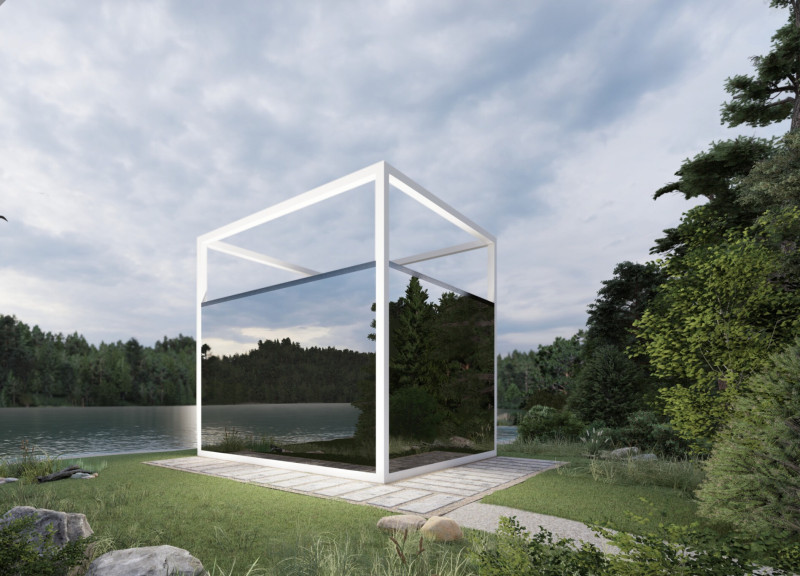5 key facts about this project
At its core, this architecture functions to [insert specific function, e.g., provide residential, commercial, or mixed-use spaces]. The layout is intricately planned to foster both individual privacy and communal activities. Open floor plans are coupled with strategically placed walls that create a balance between shared spaces, encouraging interaction, and private areas, enabling peace and solitude. The configuration of rooms is designed to facilitate a natural flow, guiding users seamlessly from public gathering spots to more intimate settings.
A notable feature of this design is its emphasis on natural light and ventilation. Large windows and glass facades are utilized to maximize sunlight, which not only enhances the visual appeal but also reduces reliance on artificial lighting during daytime hours. This approach contributes to energy efficiency, aligning with contemporary sustainability practices. The incorporation of skylights furthers this design philosophy, bringing illumination deep into the heart of the structure while creating a dynamic atmosphere that changes throughout the day.
The project's materiality also deserves attention. A diverse selection of materials has been employed to create an engaging and tactile environment. Concrete serves as a fundamental structural element, providing durability and stability. Complemented by natural wood accents, the architecture achieves a warm and inviting ambience. This thoughtful juxtaposition of materials reflects a commitment to sustainability, as wood is often sourced from responsibly managed forests. In addition, glass elements promote a sense of transparency, allowing occupants to feel connected with the outdoors while also visually expanding their environment.
Landscaping is another integral aspect of the architecture, seamlessly marrying the built environment with its natural surroundings. Outdoor spaces, such as terraces and gardens, are intentionally designed to enhance the experience of the architecture, offering areas for relaxation and social interaction. These green spaces not only contribute to the aesthetic quality of the project but also support biodiversity and ecological health, aligning with a growing trend in architecture that prioritizes environmental stewardship.
Unique design approaches can be found in the innovative use of space and the incorporation of sustainable practices. Facilities are included to encourage environmentally friendly living, such as bicycle storage and electric vehicle charging stations, promoting alternative modes of transportation. Additionally, rainwater harvesting systems might be integrated into the architecture, demonstrating a proactive stance on resource management.
The architectural plans reveal a meticulous attention to detail, where even the smallest elements contribute to the overall vision. Features such as built-in furniture, energy-efficient appliances, and thoughtfully designed circulation paths enhance the functionality of the spaces. Architectural sections further illustrate the interplay of light and volume within the structure, providing insights into how various spaces connect and interact with one another.
Ultimately, this project stands as an insightful example of contemporary architecture that balances functionality, aesthetics, and sustainability. It illustrates the power of thoughtful design to create spaces that enrich the daily lives of their occupants while fostering a connection to the natural environment. For those interested in delving deeper into this project, exploring the architectural plans, sections, and designs will provide a more comprehensive understanding of the nuanced ideas and innovative solutions embedded within this architectural endeavor.


























